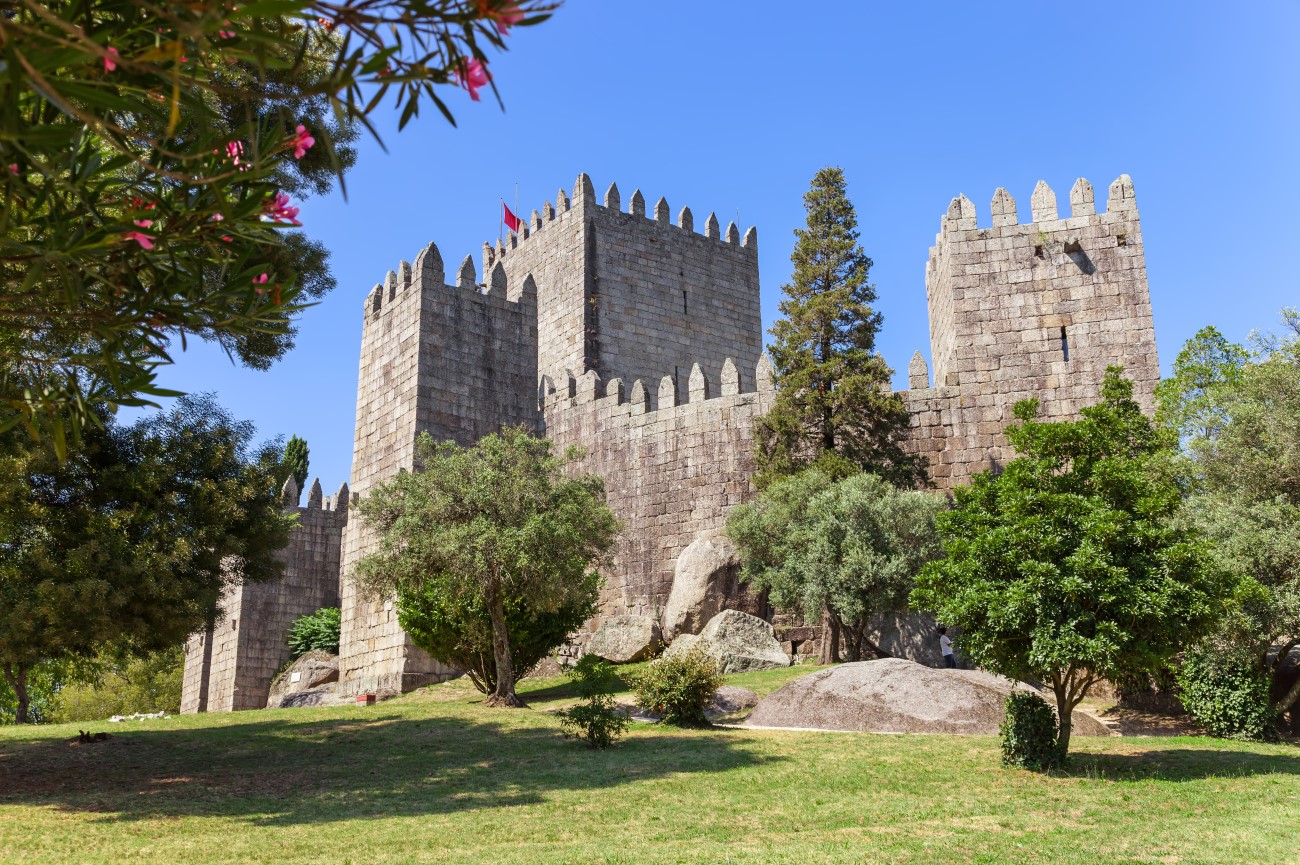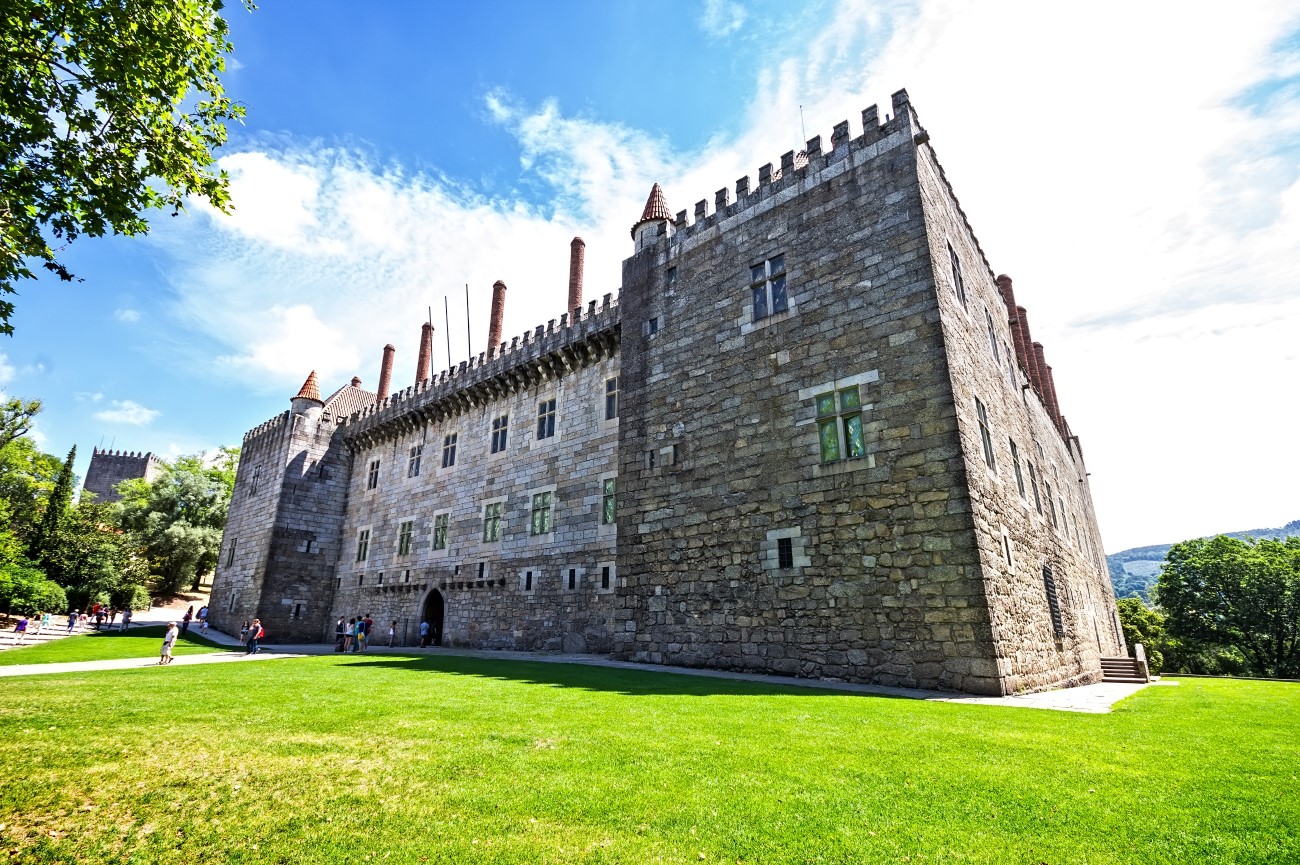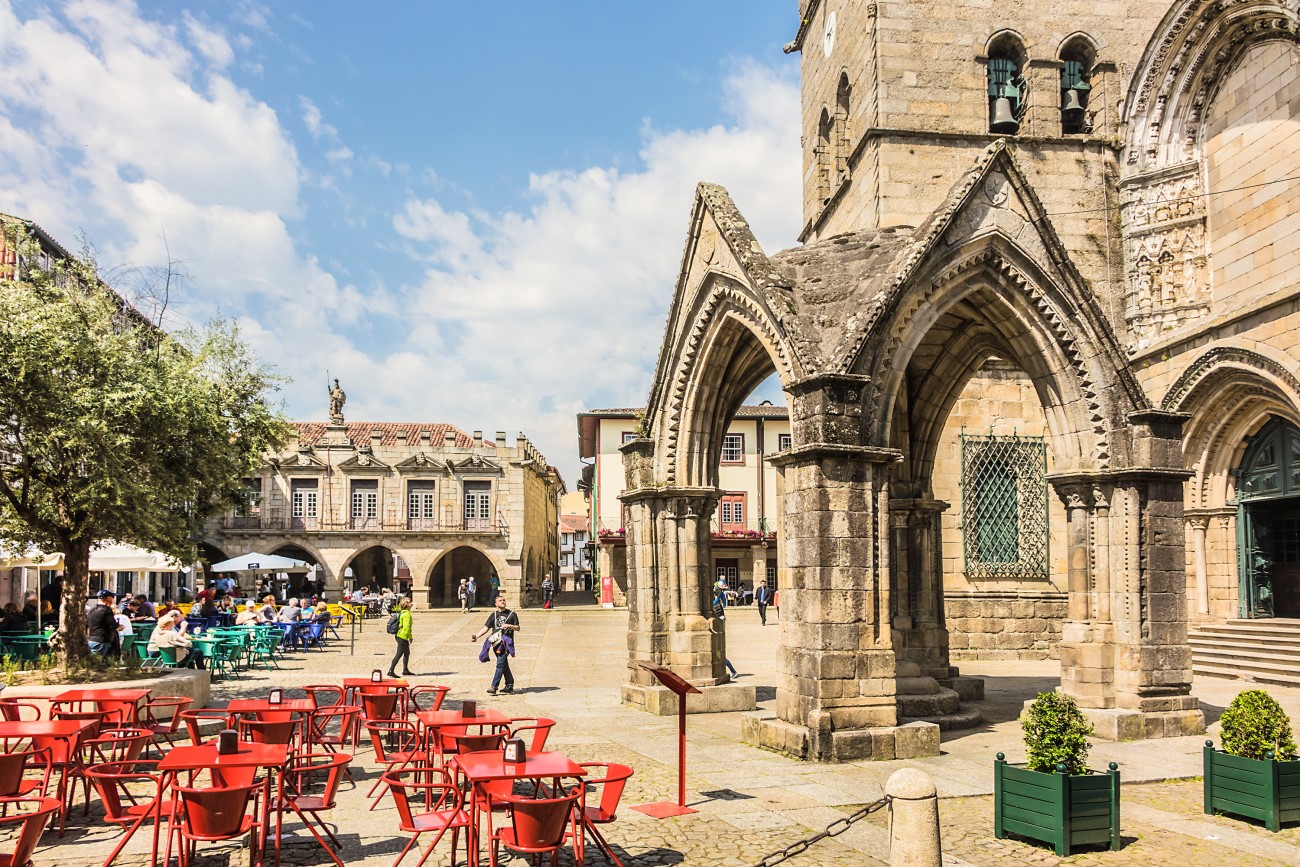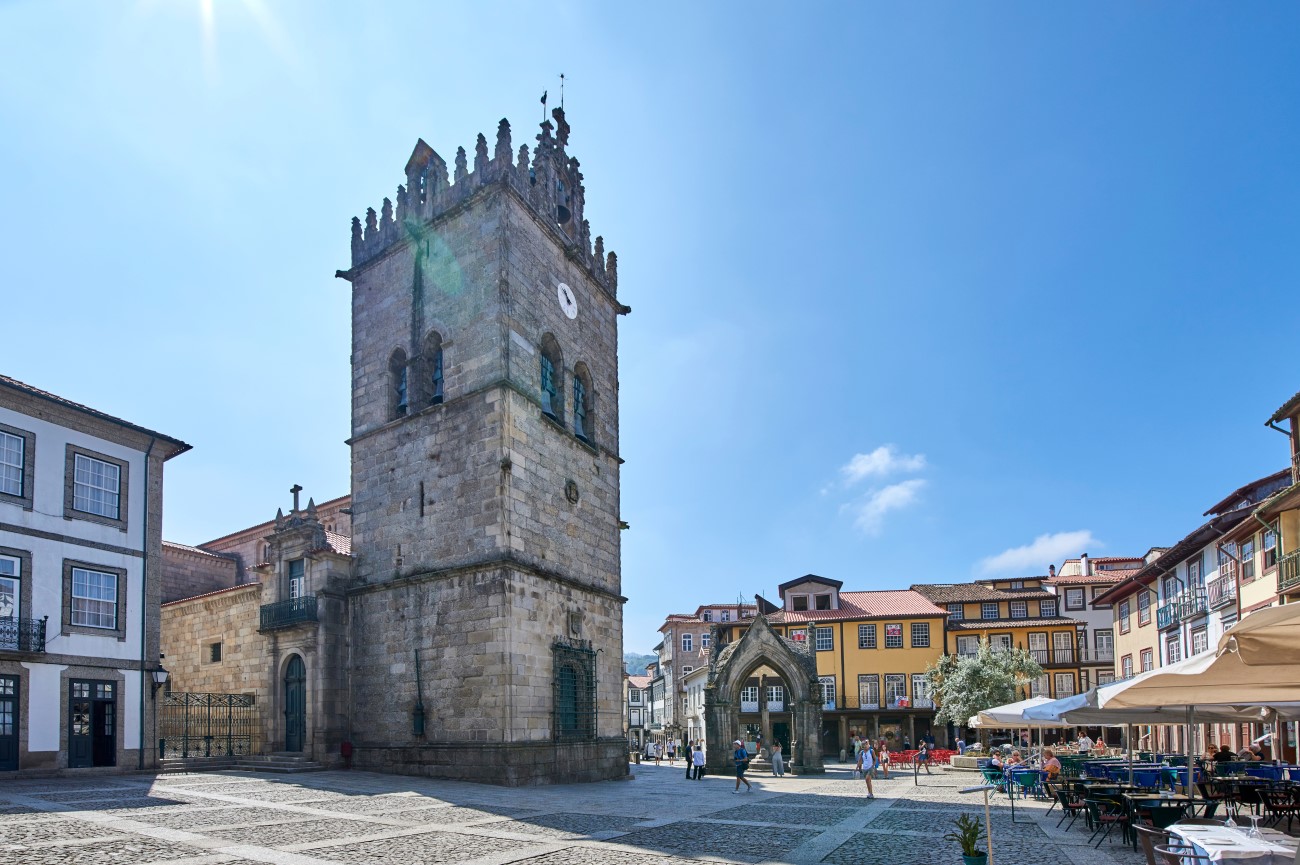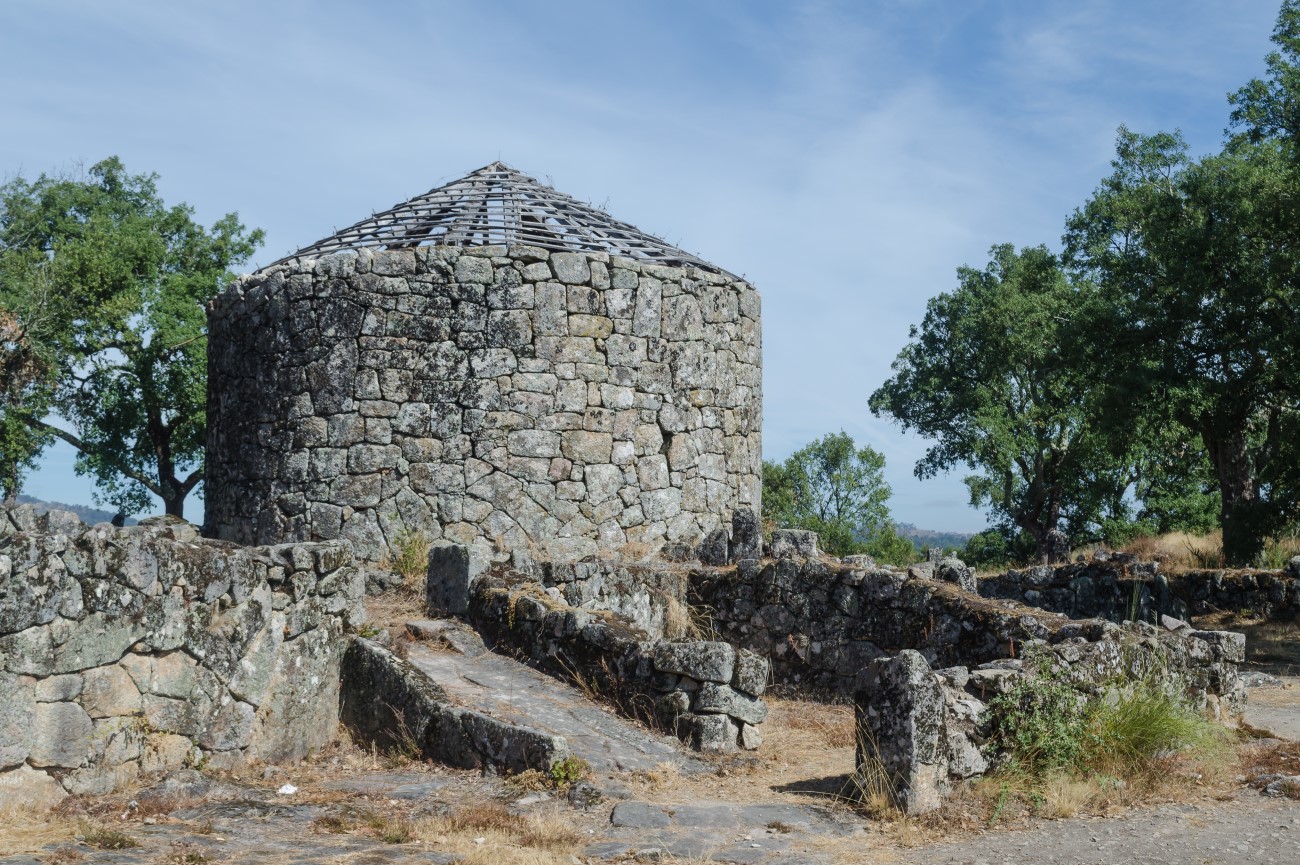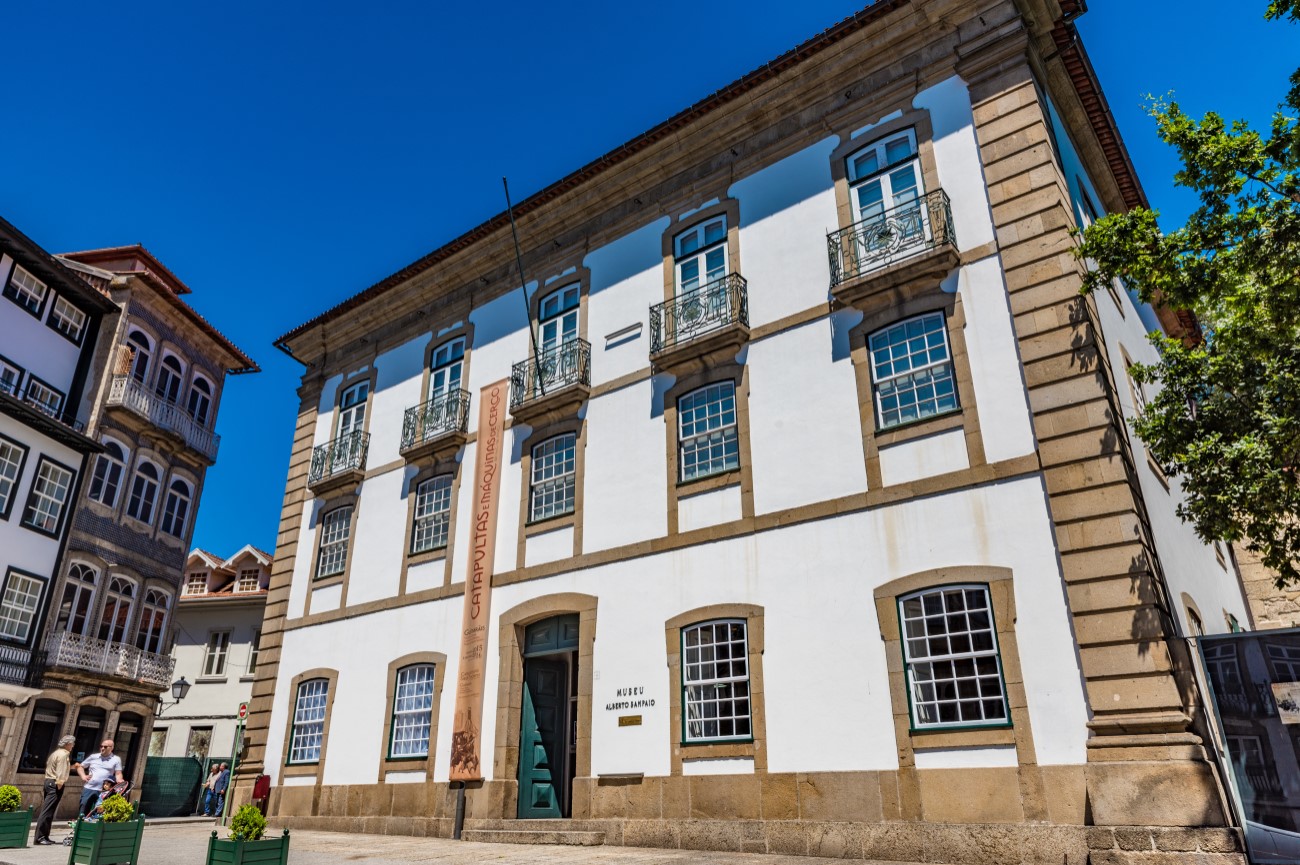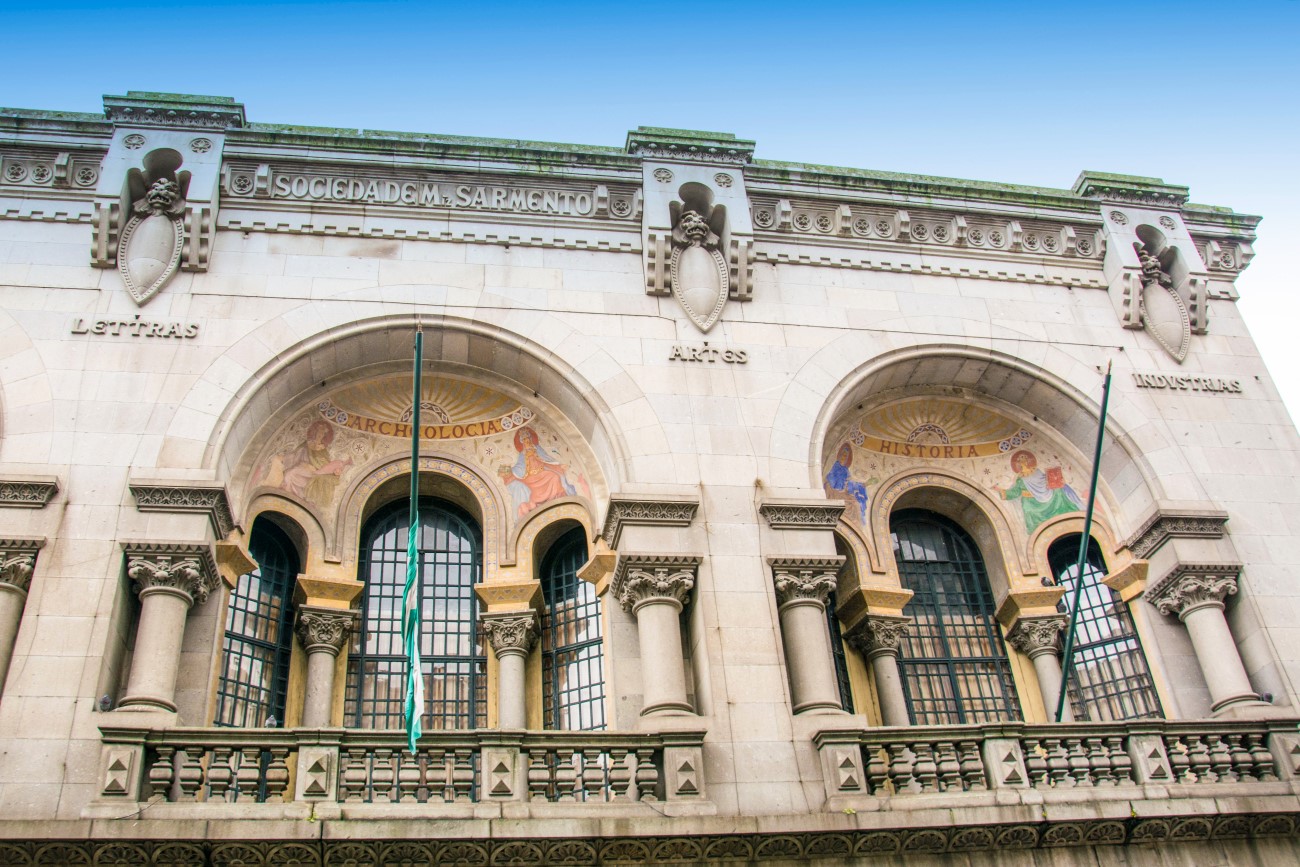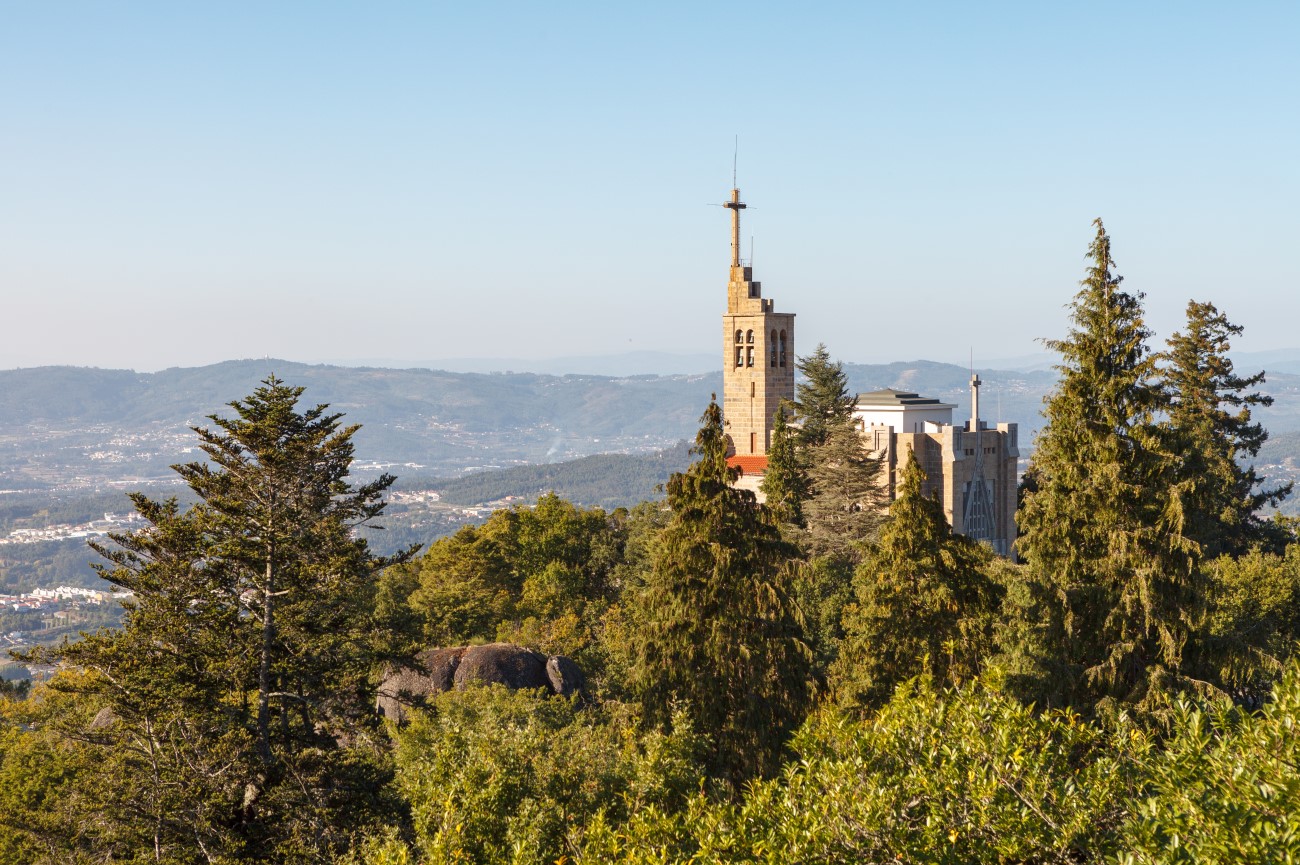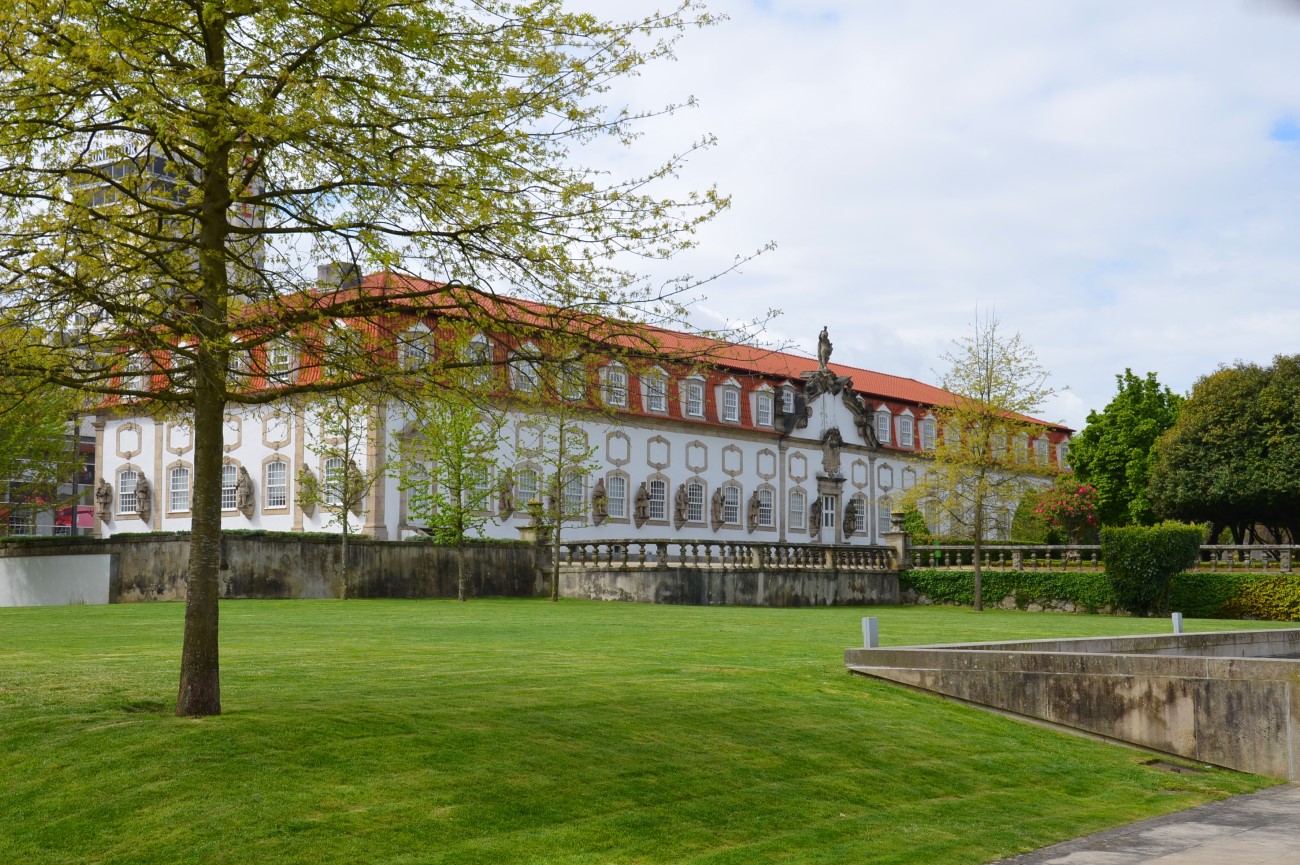Why You Should Visit Guimaraes Portugal
When people plan a Portuguese holiday, they tend to focus on locations like Lisbon, Porto, the Algarve, and the Azores.
Each of these locations provides a wide range of activities, historical sites, delicious food, and deep, rich cultural experiences on full display. But if you limit your Portuguese experience to these locations, you are leaving significant parts of Portuguese history, culture, and environment unexplored.
In the Minho region of northern Portugal lies the city of Guimaraes. Lovingly called the cradle of the Portuguese nation, Guimaraes has been designated a UNESCO World Heritage Site and has lots of great things to see and do. In 2012, the city was named the European capital of culture. It is a place that should definitely be added to the list for any traveler.
Here is our list of reasons why you should visit Guimaraes, Portugal:
The Historic Sites

The history of Portugal is long as the birthplace of the first Portuguese monarch, King Afonso Henriques, Guimaraes plays an important role in the country's formation.
Castelo de Guimaraes
Towering over the city center is Castelo de Guimaraes or Guimaraes Castle. This medieval building is one of the best-preserved in the country. Built in the 10th century, the castle is believed to be the site of King Afonso Henriques' birth in 1110. The chapel of Sao Miguel, located in the western quarter of the castle, is where the king was baptized.
Today, visitors can walk the walls and climb the steps to the top of the tower to see incredible views of Guimaraes and Penha mountain.
Paco dos Duques de Braganca
At the foot of the castle, you will find the Palace of the Dukes of Braganza. Commissioned in 1401 by Dom Afonso, the first Duke of Braganca, this royal residence was constructed in the Burgundian style. It was the seat of the Braganca family but fell into disrepair when they moved to Vila Viçosa in the early 16th century.
In 1934, the building underwent a renovation and became the residence of President Antonio Salazar.
Visitors to the place can tour the museum to see Flemish tapestries, Persian rugs, medieval weaponry, and rare works of art. Be sure to visit the chapel to see the incredible stained glass windows!
The Historic City Center
A city named as a world heritage site is sure to have an incredible historic center. Wandering the streets in Guimaraes is like stepping back in time and these are only a few of the must-see locations!
Largo da Oliveira
Largo da Oliveira is the social heart of the city. Named for the centuries-old olive tree that grows here, this square is both historic and lively surrounded by cafes and historic monuments.
From the square, you'd be hard-pressed to miss the impossible bell tower of the 12th century Church of Nossa Senhora da Oliveira whose cloisters house the Museu de Alberto Sampaio (more on the museum later!).
The gothic monument known as Padrap do Salado can be found here as well. This shrine was erected to celebrate the Portuguese victory over the Moors in the battle of Salado in 1340.
Rua de Santa Maria
This is the most famous street in Guimaraes and contains some pretty remarkable examples of medieval architecture.
The original street path was drawn up in the 10th century to connect the monastery at the Largo da Oliveira to the castle.
Today it is a charming street with many historic buildings like Casa do Arco, Casa dos Peixotos, the Gothic Casa dos Valadares and the Convent of Santa Clara. It also has many great restaurants and shops so it's perfect for a nice relaxing stroll, a meal, or a shopping trip!
Igreja de Sao Francisco
Outside the city center is the church of Sao Francisco. This church is an architectural blend most famous for its 18th century azulejos that decorate the interior.
The current structure dates to the 15th century and is pretty nondescript as far as churches go, but inside, the gilded altar, trompe l'oeil painted wooden ceiling, and ornately engraved nave are a true thing of beauty.
Citânia de Briteiros
About a dozen kilometers north of Guimaraes you will find Citania de Briteiros, an ancient settlement with Celtic origins dating back to the 1st century BCE. This archaeological site contains the foundations of 150 single room dwellings and you can find two huts, or castros, that have been reconstructed to give you an idea of what it may have looked like at the time of occupation.
Excavation efforts have revealed paved streets, sewers, underground cisterns, water conduits, and a fountain. Of particular note is the Pedra Formosa, a carved monolith that belonged to an old bathhouse.
The Museums
To get a better understanding of Guimaraes, its culture, and its historical significance, you should pay a visit to one of the nearby museums.
Alberto Sampaio Museum
Found in the cloister of Nossa Senhora da Oliveira, this museum displays the many religious artworks belonging to this church and others in the region. The collection spans the 14th to 18th centuries and includes medieval and renaissance sculptures, paintings, ceramics, rare jewelry, and even embroidered vestments. The Santa Clara room displays incredible gilt carvings but the most impressive pieces are the 14th century silver gilded altarpiece and the tunic worn by Don Joao I during the battle of Aljubarrota.
Museu Martins Sarmento
If you are visiting Citânia de Briteiros, it just makes sense to visit Museu Martins Sarmento when you return to town.
Established in 1881, this museum holds a massive collection of archaeological artifacts that have been moved from the settlement. Some of what you can see on display includes pottery fragments, carved stones, jewelry, and Roman columns.
The museum itself is housed inside of a 14th century convent, so be sure to admire the beautiful cloisters while learning about the artifacts.
The Natural Surroundings
Like most of Portugal, Guimaraes is surrounded by magnificent natural beauty.
Monte da Penha
For a break from the hustle and bustle of the city, hop on a cable car and ride to the top of Penha mountain. The ride to the top is not long but you will be treated to spectacular views as you rise above the trees and towards the summit.
At just over 600 meters tall, you can explore the city views from several angles by taking advantage of the many platforms and terraces.
If you can, pry yourself away from the view to see the art deco Penha de Santa Catarina, a popular pilgrimage site to this day. Penha de Santa Catarina Park is part of the National Ecological Reserve and you can see many types of flora and fauna, native to the region. You can follow the footpaths to explore the lush greenery and marvel at the massive granite boulders that are scattered throughout the ancient trees.
Jardins do Palacio de Vila Flor
If you are curious about the cultural origins of Guimaraes, you must visit the palace and gardens of Vila Flor.
The gardens are welcoming and serene, blending human creativity with natural beauty. The terraced boxwood garden provides visitors with yet another excellent view of the castle from the balustrade.
The palace was built in the 18th century for local aristocrat Tadeu Luís Fonseca and has a stunning Baroque facade complete with statues of Portuguese kings. Since 2005, the Centro Cultural Vila Flor was attached to the palace. The cultural center contains two auditoriums, one holding 800 people and the other, 200. It is here that many of the town's cultural events take place.
Many people will visit the Minho region of Portugal as part of a wine tour, as it produces some of the best wines in the country and is in close proximity to Porto and the Douro Valley, making Guimaraes perfect for a day trip. No matter what draws you to the area, Guimaraes is a must-visit destination.
For more ideas about what you do in the region, you can check out our one day Guimaraes itinerary here, or, reach out to us and we can help you put together the perfect holiday.


